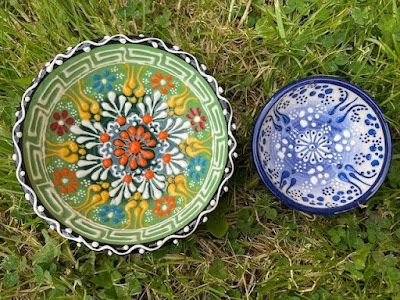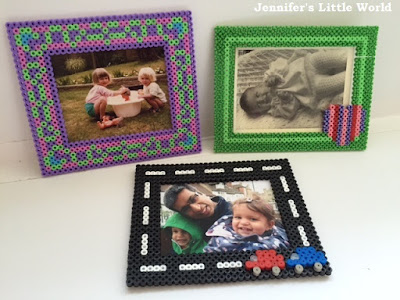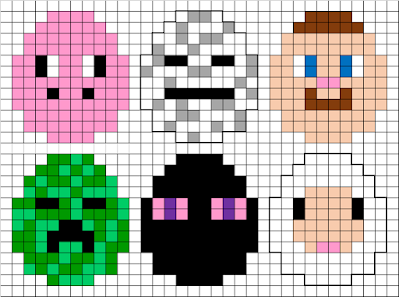This is a collaborative post
A rash that keeps coming back is not only annoying and embarrassing, but it can be a little bit concerning if you aren’t sure why it is appearing on your skin. It subsides for a while and you think everything is back to normal, only for it to reappear unpredictably later down the line. Rashes can be red, itchy, dry, flaky and can make you want to lock yourself away from the world, especially if they are in an area that is visible. There are many different causes of recurring skin rashes, and whilst it may not be able to cure you, identifying your rash may help you treat it and ease your symptoms.
Common Symptoms
Rashes can appear in different ways, and some people experience the symptoms more severely than others. General symptoms of a skin rash include redness, an itchy or burning sensation, dry or flaking skin, blisters or raised bumps. For a complete guide to identifying the symptoms of skin rashes, Patient is where you need to go. They have detailed articles on all kinds of medical conditions and issues that have all been written and reviewed by reliable doctors. To help you identify what your recurring rash may be, have a look at their in-depth article on the symptoms and causes of skin rashes.
Causes of Skin Rashes
To be able to effectively treat or manage the symptoms of your skin rash, you need to know the cause. This can be incredibly simple, but it may also be quite complex and everyone has a unique experience when it comes to skin rashes. Some rashes may be due to allergic reactions; the rash appears after being in contact with a chemical, substance or ingredient. This could be cleaning products, perfumes, certain foods, animal fur or multiple other things. To determine if your rash is due to an allergic reaction, patch testing can be done so you can identify the cause and take steps to avoid and manage the reaction. For some rashes, it is much harder to identify the cause; it may be due to genetics or environmental exposure. But determining the kind of rash you have will help determine the treatment options.
Common Recurring Rashes
Having a recurring rash can be a knock to your confidence and a cause of concern for your health. The first step to take after noticing a rash is to identify what it is. Here are some of the most common recurring rashes that you could be experiencing.
 |
| Photo credit Jernej Graj via Unsplash |
Eczema
Broadly, eczema is inflammation of the skin, but there are multiple different types of eczema. It is most common in children, but adults can be affected too. It usually appears as red, flaky, dry patches on skin that are incredibly itchy and it commonly affects areas around the arms, legs and face. The most severe eczema is Atopic dermatitis, which is long lasting, painful and uncomfortable.
Granuloma Annulare (GA)
This rash appears as raised bumps or lesions in a ring pattern, usually on the feet and hands. It isn’t contagious, harmful, or painful in any way, but can be long lasting and cause great emotional distress if it becomes a chronic condition, making the sufferer feel self-conscious and lose confidence. Treatment may clear the skin temporarily, but the rash usually comes back.
Lichen Planus
A fairly common condition, lichen planus causes inflammation, swelling and irritation on the skin and inside the mouth. The symptoms appear as collections of raised, shiny, purple-red like blotches on the skin, usually on the arms, legs and body; these blotches may also have fine white lines on them. There are other symptoms to look out for to help identify if your recurring rash is lichen planus, including bald patches on your scalp, thinning nails and white patches on your gums and inside your mouth. It can be very itchy on your skin, but this isn’t always the case.
Psoriasis
As psoriasis is an autoimmune disease that varies in severity throughout your lifetime, it may be the cause of your recurring rash. Psoriasis can be identified by patches of dry, scale-like skin that are often itchy and painful. People’s experience of psoriasis can vary greatly, with some only having a few marks, and others having them cover their entire body. There is no cure for psoriasis, but there are ways that the symptoms can be eased.
Seeking Medical Treatment
It may appear that most rashes are able to be treated by over the counter creams, ointments and medication, but it isn’t always that simple. Rashes can be incredibly severe, with welts, open sores and blisters that are painful, irritating and incredibly uncomfortable. Although most rashes are not an indication of anything serious, there are some cases where the next step should be seeking immediate medical assistance, e.g., if the rash appears all over your body, you develop a fever as well as the rash, the rash appears suddenly and spreads fast, it starts to form blisters, is incredibly painful or there are signs of infection.
Having a recurring rash can be concerning and annoying, but the first step to take is to identify the cause so you can effectively treat it.

































